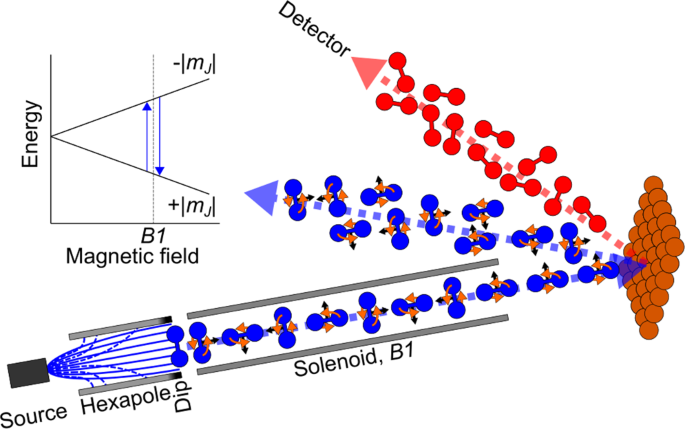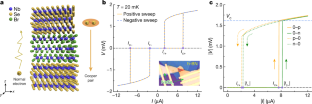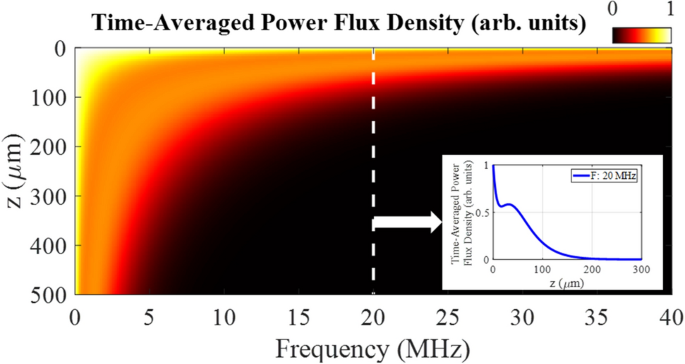2022-04-28 スウォンジー大学
このほど、Gil Alexandrowicz教授が率いる化学科の表面ダイナミクスグループのスウォンジー大学の研究者たちによって、大きな前進が報告された。彼らは、分子が表面と衝突した後に回転を停止する確率を制御することに成功したのです。
スウォンジー大学の研究チームがこれまでと異なるのは、光子や電子を使わずに分子の回転を停止させることができることを実証したことです。
<関連情報>
- https://www.swansea.ac.uk/press-office/news-events/news/2022/04/swansea-researchers-develop-new-method-to-stop-a-molecule-from-rotating-using-ultra-low-energy.php
- https://www.nature.com/articles/s41467-022-29830-3
コヒーレントな超低エネルギー磁気操作による分子回転の停止 Stopping molecular rotation using coherent ultra-low-energy magnetic manipulations
Helen Chadwick,Mark F. Somers,Aisling C. Stewart,Yosef Alkoby,Thomas J. D. Carter,Dagmar Butkovicova &Gil Alexandrowicz
Nature Communications Published: 28 April 2022
DOI:https://doi.org/10.1038/s41467-022-29830-3

Abstract
Rotational motion lies at the heart of intermolecular, molecule-surface chemistry and cold molecule science, motivating the development of methods to excite and de-excite rotations. Existing schemes involve perturbing the molecules with photons or electrons which supply or remove energy comparable to the rotational level spacing. Here, we study the possibility of de-exciting the molecular rotation of a D2 molecule, from J = 2 to the non-rotating J = 0 state, without using an energy-matched perturbation. We show that passing the beam through a 1 m long magnetic field, which splits the rotational projection states by only 10−12 eV, can change the probability that a molecule-surface collision will stop a molecule from rotating and lose rotational energy which is 9 orders larger than that of the magnetic manipulation. Calculations confirm that different rotational orientations have different de-excitation probabilities but underestimate rotational flips (∆mJ≠<?XML:NAMESPACE PREFIX = “[default] http://www.w3.org/1998/Math/MathML” NS = “http://www.w3.org/1998/Math/MathML” />≠0), highlighting the importance of the results as a sensitive benchmark for further developing theoretical models of molecule-surface interactions.



